(JK’s) IEM/Headphone/DAC/Amp Test Tracks Explained! UPDATED With Spotify Playlist 2021-05-28

Continuously updated. Originally posted 2019/12/17.
This article describes the significance of the test music I use for analytical listening — approx. 85 tracks (with some input by fellow aficionados – thanks)….and all available tracks are accessible in a Spotify Playlist. Try this music yourself. Feel free to contribute to this list by giving your recommendations in the comments section below. Which ones are your most useful test tracks and why? Feel inspired to create your own list.
The most important tracks (for me) are in blue.
You find links to Audio Glossaries (that explain these terms) on our TECH 101 PAGE.
I highly recommend the audio test files from audiocheck.net (some of which are also included in this list). $5 well spent.
JÜRGEN’S TEST PLAYLIST – BOOKMARK IT
The Spotify List…don’t miss the detailed explanations below.
Here this Spotify playlist as URL...opens in a new window.
:format(jpeg):mode_rgb():quality(90)/discogs-images/R-12753842-1555863174-6357.jpeg.jpg)
In detail…
Diana Krall — Boy From Ipanema (from “Quiet Nights”, 2009 ): vocals timbre, imaging, and (after 1:50 for 30 seconds) cymbals timbre, treble resolution, and transients.
The Housemartins — Build (remastered; from “Soup”, 2007): bass extension in the first 20 seconds and cymbals timbre all through the track.
Basia — Matteo (from “Butterflies”, 2018): bass extension in the first 10 seconds, bass line and vocals reproduction thereafter.
Sons of Kemet — My Queen Is Ada Eastman (from “Your Queen Is A Reptile”, 2018): transients, depth of soundstage, clarity, timbre of brass instruments.
The Specials — The Lunatics (from “Encore”, 2019): bass speed in a recording with muddy bass to begin with.
New Order — Paradise (from “Brotherhood, 2008 Deluxe Edition”): Bass speed, attack at the lower end, separation.
Bee Gees — You Should Be Dancing (from “Ultimate Collection”, 2017): Bass speed, soundstage in a mediocre recording.
Konstantin Wecker — Anna R. Chie (from “Sage Nein!”, 2018): drums attack, male voice definition and intimacy.
Marillion — The Web (from “Script From a Jester’s Tear”, 2020 remaster): bass, attack, impact.
Genesis — Abacab (from “Abacab”, 1981): attack, dynamics.
Fleetwood Mac — Dreams (from “Rumours”, 1975): bass quantity/attack/decay, vocals timbre/definition/intimacy, cymbals/transients, depth of soundstage.
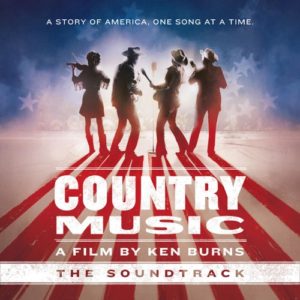
George Strait — Amarillo By Morning (from “Country Music – The Soundtrack”, 2019): male voice sculpture, density, and sharpness in a non-optimal recording.
Midland — Cheatin’ Songs & Fourteen Gears (from “Let It Roll”, 2019): density and sculpturing of male voice.
The Bow Djangos — C’est Si Bon (from “Forward Into Yesterday”, 2015): male voice density and sharpness that is naturally recessed in the recording.
Schmidbauer, Pollina, Kälberer — D’altro Canto (from “Süden II”, 2019): richness and sharpness of two male voices that are naturally recessed in this recording.
The Smiths — Frankly, Mr. Shankly (from “The Queen Is Dead”, 2017 Remaster): bass attack and decay, transients, degree of vocals recession. Guitar at 0:37 is a reliable “shoutiness” meter.
The Beatles – Something (from “Abbey Road”, 2019 Remaster): general imaging in an ancient recording.

Neneh Cherry – Buffalo Stance (from “Raw Like Sushi 30th Anniversary Edition”, 2020): treble recession/forwardness of hi-hats and cymbals, transients.
Oscar Jerome — Misty Head / Sunny Street (from “Live In Amsterdam”, 2019): treble recession/forwardness of hi-hats and cymbals, transients, bass quantity and speed.
Chester Thompson Trio — Follow You, Follow Me (from “Approved”, 2013): treble recession/forwardness of hi-hats and cymbals; spatial cues, transparency of image; separation. Good indicator of top-end roll off.

The Ed Palermo Big Band — Laurie Frink (from “A Lousy Day In Harlem”, 2019): brightness, transients, treble, resolution in complex instrumentations. Good indicator of top-end roll off.
Tool — Chocolate Chip Trip (from “Fear Inoculum”, 2019): treble, treble treble…upper treble extension and lower treble peakiness.
Baritone Madness — Remembering the Aramo (from “Baritone Madness”, 2019): saxophone timbre, treble.
Astrud Gilberto — Corcovado (from “Verve Jazz Masters 9”, 1994): transients, separation, soundstage, treble quality, and the ability to cry because of such beauty.
Cowboy Junkies — I’m So Lonesome I Could Cry (from “The Trinity Sessions”, 2017 Remaster): three-dimensionality of soundstage, vocals, transients in this binaural recording.
Frank Sinatra — Nice ‘N’ Easy (2020 Mix) (from “Nice ‘N’ Easy”, 2020 Mix): width of soundstage, vocals reproduction in an older but excellent recording.
Roxy Music — Avalon (from “Avalon”, Dolby Headphone version): soundstage, spatial cues, fullness/richness of vocals, detail resolution.
Jethro Tull — Hunting Girl (from “Songs From The Wood”, 1976): flute timbre and treble resolution.
A-Ha — Hunting High And Low & Take On Me (from “Greatest Hits – Japanese Singles Collection”, 2019): soundstage, dynamics.
Sade — Smooth Operator (from “Diamond Life”, 1984): bass quantity and speed, cymbals timbre.
András Schiff — 4 Impromptus, Op. 90, D. 899: 2. Allegro (from “Franz Schubert: Sonatas & Impromptus”, 2019 “): treble extension on piano.
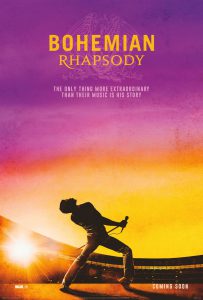
Queen — Another One Bites The Dust (remastered; from “Bohemian Rhapsody” Soundtrack, 2019): bass dynamics/attack/decay, firmness and shape of vocals.
Queen — Bohemian Rhapsody, Live At Wembley (from “Bohemian Rhapsody” Soundtrack, 2019): depth of soundstage/sense of space, instrument separation, quantity of upper midrange/degree of shoutiness.
David Byrne — Every Day Is A Miracle (from “American Utopia On Broadway Original Cast Recording”, 2019): soundstage, congestion at busy instrumentations from upper midrange peak(s).
Coco Schumann Quartet – The Girl From Ipanema (from “Coco Now!”, 1999): separation and layering, timbre, staging.
Roland Kaiser & Dresdner Philharmonie – Alles Was Du Willst (from “Stromaufwärts – Kaiser singt Kaiser”): degree of shoutiness, voice reproduction, separation and layering, soundstage.
Howard Carpendale & The Royal Philharmonic Orchestra – Hello Again (from “Symphonie Meines Lebens”, 2019): soundstage, timbre.
Hildegard Knef — Herr Kalecke an der Ecke (from “17 Millimeter”, 1999): (bass) temperature, vocal intimacy and definition, timbre. Great temperature indicator.
Peter Maffay — Morgen (from “Jetzt”, 2019): voice density and positioning.
Heinz Rudolf Kunze & Herman van Veen — In aller Herren Länder (from “Ich bin”, 2012): separation of the two voices.
The Beautiful South – Rotterdam (Or Anywhere) (from “Soup”, 2007): transparency, clarity, and cleanliness of image, soundstage.
Natalie Merchant — Don’t Talk (from “In Isolation”, 2020): female-voice reproduction and positioning.

Tahiti 80 — Seven Seas (from “Fear Of An Acoustic Planet”, 2019): general imaging, soundstage, and separation.
Bee Gees — How Deep Is Your Love (from “Ultimate Collection”, 2017): timbre, temperature, colouration.
The King’s Singers — After The Gold Rush (from “Music From Jarvis Cocker’s Sunday Service”, 2019): reproduction of multiple male voices.
Steven Isserlis, Dénes Várjon — Chopin Cello Sonata in G minor, Op 65 – 4: Finale: Allegro (from “Chopin: Cello Sonata; Schubert: Arpeggione Sonata”, 2017): timbre, note weight, bass realism, transients, separation, layering. Cello is a good indicator of timbre and natural dynamics.
Daniel Hope — Liebesleid (from “Belle Époque”, 2020): violin timbre, spatial cues.
Trio Zimmermann — Goldberg Variations, Var. 1 (from “BWV 988 (Arr. Trio Zimmermann for Violin, Viola & Cello”, 2019): staging, timbre, separation, layering.

Leopold String Trio — Goldberg Variations – Variation 1 (from “Bach-Sitkovetsky – Goldberg Variations, BWV988”, 2011): staging, timbre, separation, layering.
Beethoven — Septet In E Flat, Op. 20 – 5. Scherzo (from” Septet In E Flat, Sextet In E Flat” By The Gaudier Ensemble”, 1991): imaging, timbre, reproduction of brass instruments.
Albrecht Mayer & King’s Singers — Abends wenn ich schlafen geh (Humperdinck: Hänsel und Gretel; from “Vocalise”, 2016): treble resolution of oboe, timbre, vocal separation, detail resolution, layering, quantity of upper midrange/degree of shoutiness.
Patricia Petibon — Der Hölle Rache kocht in meinem Herzen (W.A. Mozart, “Die Zauberflöte”; from “Amoureuses”, 2008): orchestral and vocal timbre, treble extension of coloratura soprano.

Ian Bostridge (Europa Galante, Fabio Bondi) — Ich Freue Mich Auf Meinen Tod (from “Bach, Cantatas and Arias”, 2001): voice timbre, spatial cues.
Anne-Sophie Mutter, Yo-Yo Ma, Daniel Barenboim, West-Eastern Divan Orchestra — Beethoven: Triple Concerto in C Major, Op. 56 – 3. Rondo alla Polacca (from “Beethoven: Triple Concerto & Symphony No. 7 (Live)”, 2020): separation, layering, soundstage, timbre.
Louis Spohr — Nonet in F, Op.31 – 1. Allegro (from “Spohr: Octet and Nonet” by the Gaudier Ensemble, 1991): timbre of orchestral instruments, layering and instrument separation, (micro) detail, treble extension, instrument placement and soundstage.
Los Angeles Philharmonic — Theme From Jurassic Park & Throne Room and Finale (from “Celebrating John Williams”, 2019): timbre, resolution of busy instrumentations, treble resolution, orchestral dynamics.
Anne Sophie Mutter, John Williams — Luke And Leia & Yoda’s Theme (from “Across The Stars”, 2019): treble and treble resolution, timbre.
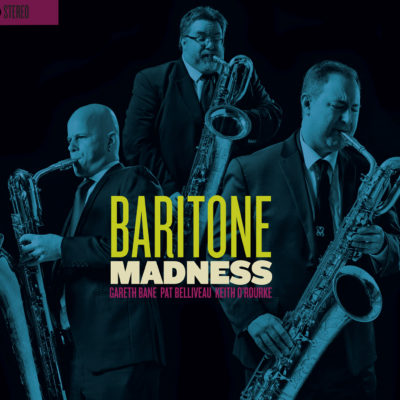
Baritone Madness — Moaning (from “Baritone Madness”, 2019): saxophone timbre.
Los Angeles Philharmonic — Theme From Schindler’s List (from: “Celebrating John Williams”, 2019): violin timbre, treble.
Johnny Strauss I — Radetzky-Marsch Op. 228 (Wiener Philharmoniker & Christian Thielemann; from “New Year’s Concert 2019”): soundstage, orchestral timbre, instrument separation, layering.
Audio Stax — Kunstkopfumgang im IRT, Dr. Theile, Sabine, Mike (from “Die Raumklang CD”, 1987): spatial cues; transparency.
Channel Identification
Channel Phasing
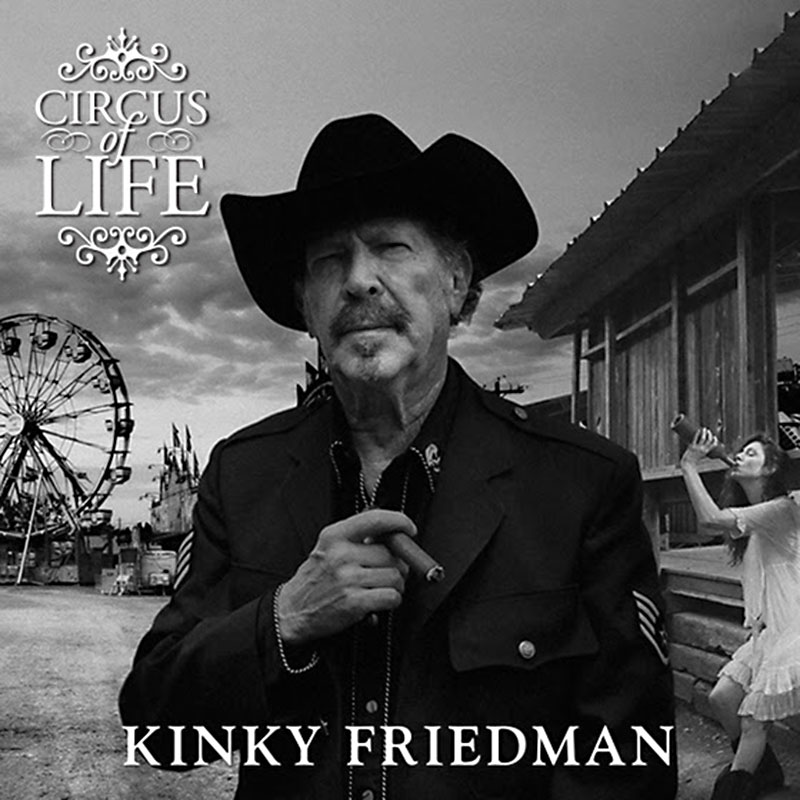
Kinky Friedman – A Dog Named Freedom (from “Circus Of Life”, 2018)”: voice density and richness.
Yiddish Glory — Shpatsir im Vald (from “The Lost Songs Of WWII”, 2018): speech intelligibility.
Unifaun – Quest For The Last Virtue (from “Unifaun”, 2008): soundstage, clarity, separation, spatial cues.
Steve Hackett – Beasts In Our Time (from “At the The Edge Of Time”, 2019): soundstage, attack, dynamics.
Genesis — Dancing With The Moonlit Knight (from “Selling England By The Pound”, 1973): spatial cues, soundstage, vocals density, and degree of recession.
Robert Plant — Big Log (from “Heaven Knows”, 1988): transparency and clarity of image.
Led Zeppelin — Hey Hey What Can I Do? (from “Coda”, 2015 Remaster): drum attack, transients, treble.

Joe Bonamassa – Boogie With Stu (from “British Blues Explosion Live”, 2018): drum attack/impact, soundstage, separation.
Phil Collins — Easy Lover (Extended Dance Remix) (from “Remixed Sides”, 2019): width of stage, reproduction of dense instrumentations/sounds.
Eloy — Master Of Sensation (from “Silent Cries And Mighty Echoes”, 1979): soundstage, particularly depth.
Nick Cave & The Bad Seeds — Spinning Song (from “Ghosteen”, 2019): soundstage, imaging, transparency/clarity, male vocals.
Genesis — Cinema Show (from “Seconds Out, 1977): clarity, spatial cues, separation, soundstage.
Bad Company — Rock “N’ Roll Fantasy (from “Desolation Angels 40th Anniversary Edition”, 2019 Remaster): attack, impact, midrange clarity and transparency.
Porridge Radio — Born Confused (from “Every Bad”, 2020): general imaging, female voice, impact.
Biff Byford — School Of Hard Rocks (from “School Of Hard Rocks”, 2020): attack, impact, dynamics, tightness of bass, imaging of hard rock.
Biff Byford — Scarborough Fair (from “School Of Hard Rocks”, 2020): temperature, tightness of bass.
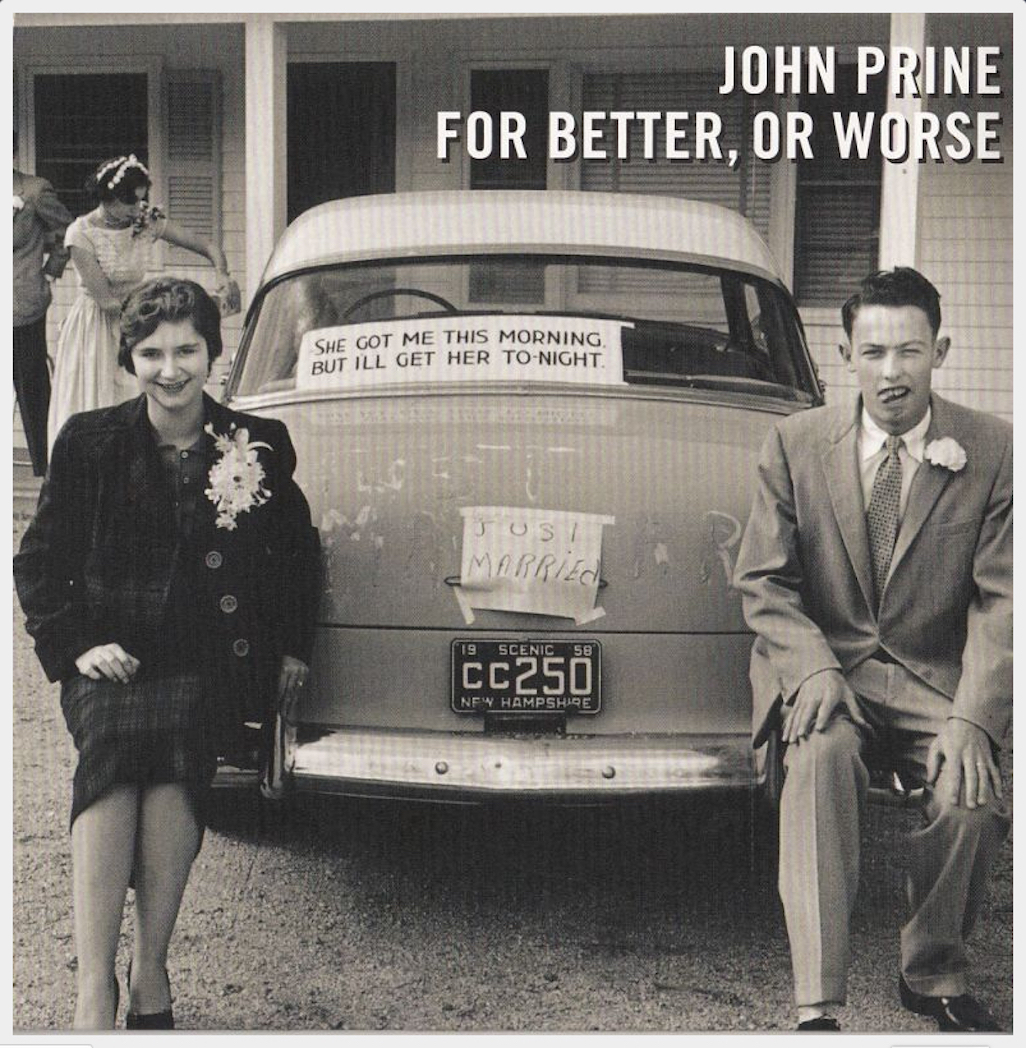
John Prine & Allison Krauss — Falling In Love Again (from “For Better Or Worse”, 2018): voice densities and separation.
Manfred Maurenbrecher — Rolle, Rolle, Rolle (from: “Rotes Tuch”, 2015): soundstage, attack, dynamics.
Toto — 99 (from “Greatest Hits — 40 Trips Around The Sun”, 2018): bass dosage and balance between bass, mids, and treble after bass-reduction modding…it reveals shouty/screamy higher vocals.
Toto — Africa (from “Greatest Hits — 40 Trips Around The Sun”, 2018): drums at the beginning to test bass quantity and speed. Refrain after a good minute for identifying shouty 3kHz peaks that may congest the image and artificially inflate and sharpen vocals.
Bachman-Turner Overdrive — Four Wheel Drive (from “four Wheel Drive”, 1975): impact, heft, and realism of raunchy Gretsch guitar with Garnet amp (“Winnipeg Sound”). Muscle and sonic-realism test for balanced armature drivers. Test of THD.
White Noise (from audiocheck.net)
…to be continued and updated. DON’T FORGET TO BOOKMARK THIS PAGE!
Keep on listening!









You find an INDEX of our most relevant technical articles HERE.

EXPLANATION
When I wrote my first review in early 2018, I proudly wanted to include my test tracks, as seen in many reviews. My experienced one-time proofreader said “no, irrelevant”. And how right he was. The reasons are obvious: an earphone should appeal to all ages but much of the test music used does not. Many listeners don’t know or like the music listed and therefore may have problems following the reviewer’s argument. Second, there is no information supplied inhowfar a given track is relevant for the evaluation of the quality of sound reproduction. Third, long lists hamper the flow of reading and/or if repeated at every review can be outright annoying to the regular reader. Generally, earphones should work universally, ideally with all genres of music.

Music lovers listen to music, audiophiles listen to gear — anonymous

I rather created a useful set of general personal guidelines for testing. And I left a link in every review to give the reader the choice to look at it. After all, these guidelines are always the same and I try to avoid repetition. But, at least initially, I had to compile a suite of test music and define the purpose of each track, simply to guide myself through the analytical-listening process. I actually received some help from more experienced reviewers.
Considering the additional information accompanying each track (purpose of tonality and technicalities characterization), I should get away with listing my basic selection once…after all, my music choices come with the required context.







Sometimes, when I need to have a quick (10 minutes maximum) evaluation on the performance of an earphone, and I can only listen to one album, I will choose Vanessa Fernandez’s “I Want You” album (DSD/Hybrid SACD/Vinyl, Groove Note Records, B07Q62GN63).
https://www.nativedsd.com/albums/GRV1200-i-want-you
Vanessa is a fellow Singaporean singer whose roots can be traced back to her earlier years as a church gospel singer. Her voice has a wide dynamic range, rich and soulful. This is a full- analog recording, meaning there are some audible tape hiss when the earphone on test is highly-resolving. Being analog also means there are very rich harmonics in every tracks especially in the guitar and percussion . Her band is top-notch and consists of some of the best in the industry – Tim Pierce on guitars, Alex Al on bass, and Luis Conte on percussion.
The first track I usually dial up is “I Want You”. The sound should appear spacious with lots of room between each instruments. Vanessa’s voice should come as smoky, rich, deep and layered. On some earphones like the TFZ No. 3, her voice sounds congested and muddy. The entire band should not overtake and bury her vocal. Every artist has his/hers breathing space.
Since this album is recorded in real-time (meaning all artistes performing together inside one studio), you can sense the interaction and chemistry between them.
I usually can tell, in a nutshell, how good an earphone is just by listening to this album. I will ALWAYS have this album inside my desktop, DAP and mobile phone. As for the Hi-Fi side of me, I will bring along the SACD disk to auditions.